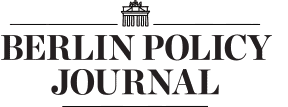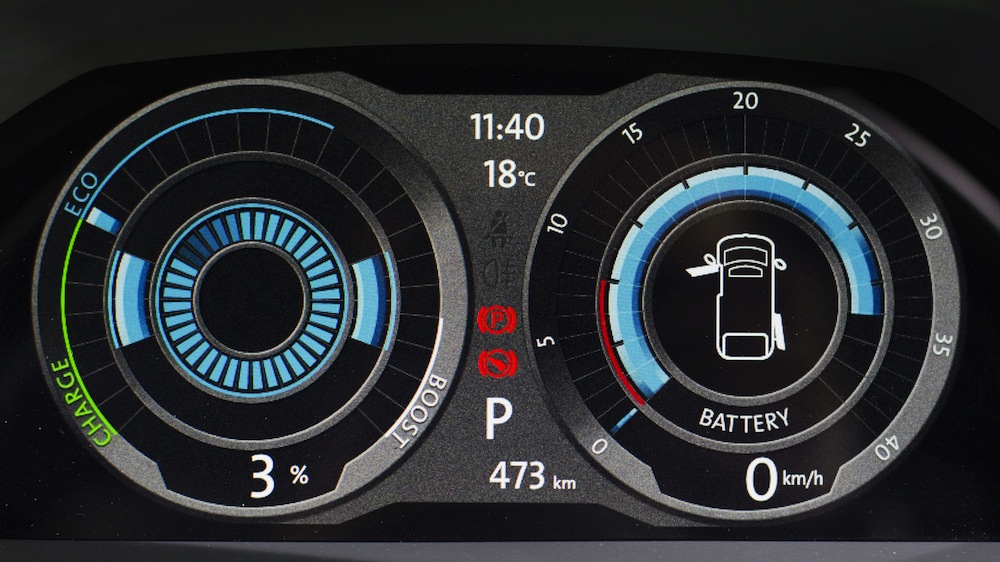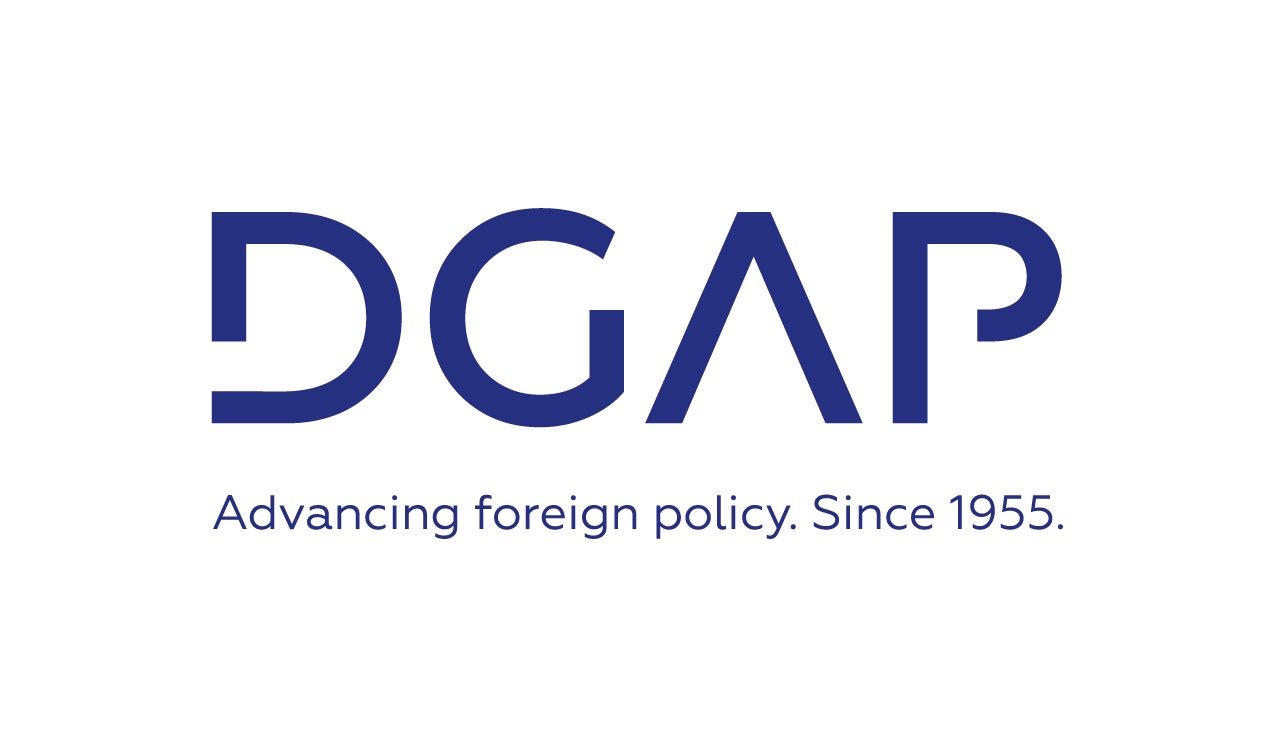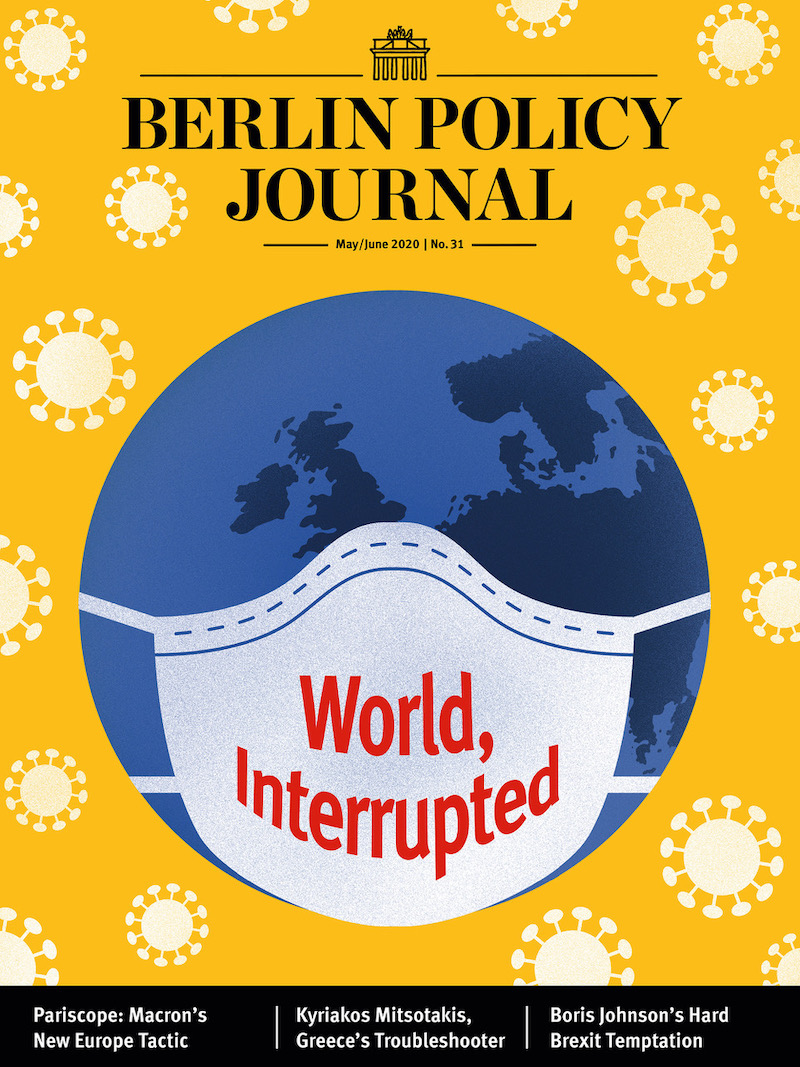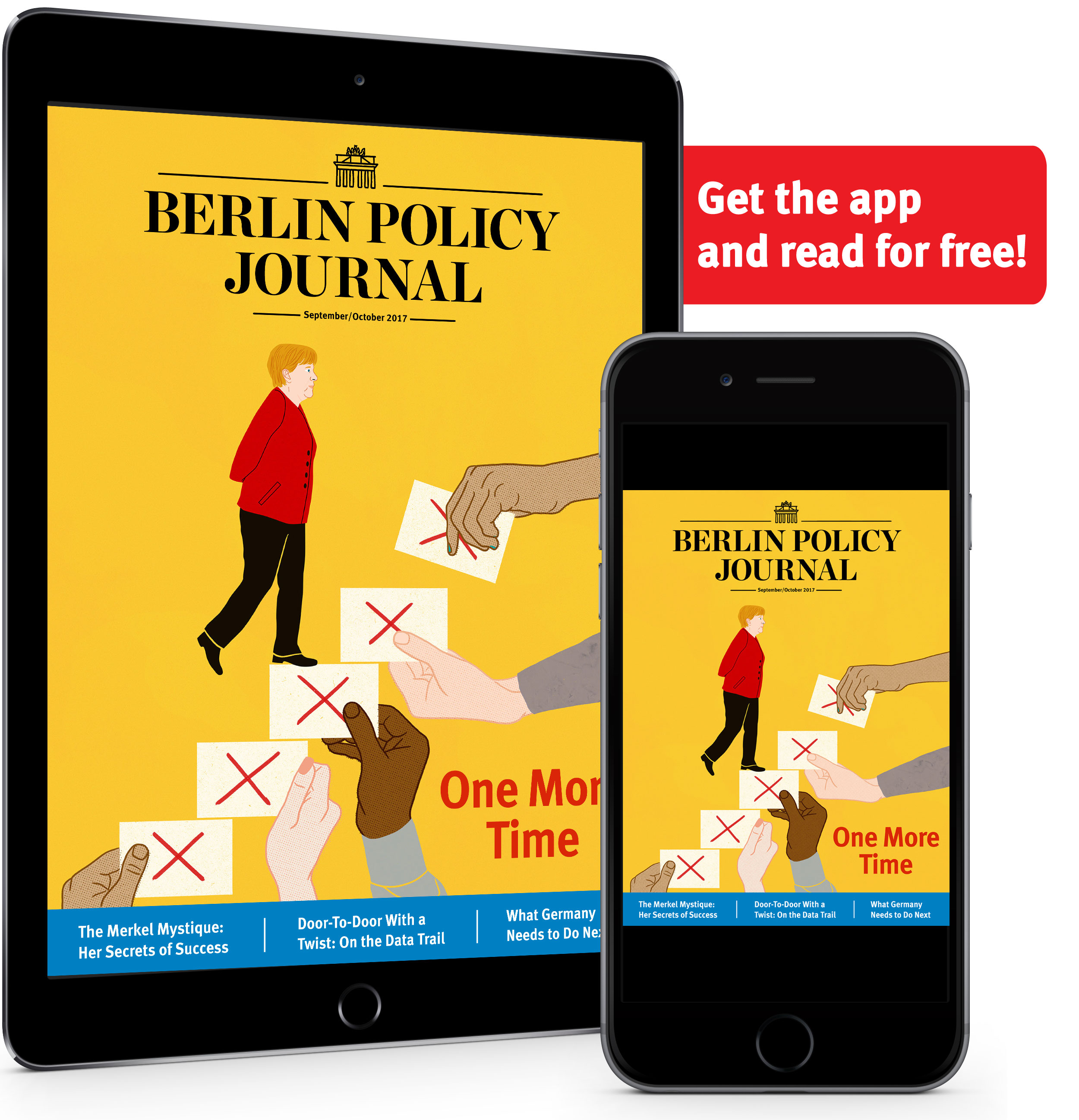Removing regulations slowing the build-up of renewable systems for consumers and industry, considering complementary methods of integrating fluctuating flows of renewable energy, and greening the transport sector through fuel innovations: these are three of the developments we may see in Germany’s renewable energy transition in 2015.
I’ve been picking the brains of some German experts about the year ahead of us for the Energiewende. What should happen in 2015, and what should we keep our eyes on?
So I asked, among others, Patrick Schmidt, senior project manager and partner at Ludwig Bölkow Systemtechnik, a German strategy and technology consultancy firm in the fields of energy, mobility, and sustainability, located near Munich.
Patrick is the kind of expert that is working on the cutting edge of the Energiewende. He grew up in Freiburg, the southern German city that pioneered “Ökostrom” (green electricity), studying electrical energy technology in Karlsruhe before working on renewable energy and mobility projects for the European Parliament, the German Bundestag, and the automobile industry. Since 2012 he’s been working in connection with the Federal Ministry of Transport and Digital Infrastructure (BMVI) on mobility and fuel strategy.
First, he says, renewable energy expansion in Germany has to be moved into higher gear again. Germany has to “shift the build-up of renewable power systems up one gear,” he says. “The deployment of renewable power systems has been very successful in driving down technology costs. Renewable systems like photovoltaics and wind, for example, have become cost-effective for households and industry through their mass application in Germany. Unfortunately, changes in the regulatory framework in recent years have resulted in slower deployment rates. These barriers must be overcome for Germany to remain in the trajectory for a sustainable development to 2050.”
Second, Patrick argues that Germany has to think broadly about “regulatory frameworks” that allow for more options to integrate fluctuating renewable power production. “Currently,” he says, “the focus of integrating fluctuating renewable power from photovoltaics and wind power is focused on the expansion and smartening up of power grids. But complementary technology options are: supply-side flexibility, demand-side flexibility, energy storage.”
Lastly, there’s lessening the environmental impact of the transport sector, which has so far been a flop in Germany. He’s for “greening conventional transport fuels with renewable power.” What exactly does he mean? “Power-to-methane and power-to-liquids are fuels that allow for a smooth Energiewende through established transport fuel infrastructures and drives, i.e., they are of ‘drop-in’ quality and thus a good starter to get things going in the transport sector. Certainly, these drop-in fuels come at a cost in the beginning, which would have to be shared and borne among users of conventional fuels. What can be taken for granted is that technology costs will be driven down with increasing amounts of renewable power-to-anything fuels in the market. The past ten years have shown how fast progress can be with the Energiewende in the electricity sector. A view into the rearview mirror shows that the energy transition in the transport sector has not gained at the same pace – but it could.”
(NB. Patrick Schmidt’s personal views do not necessarily reflect those of Ludwig Bölkow Systemtechnik.)
